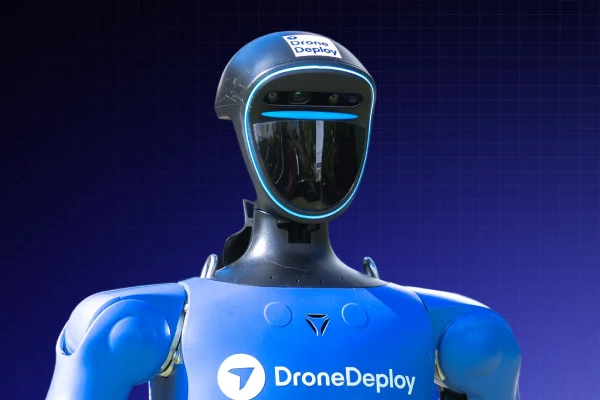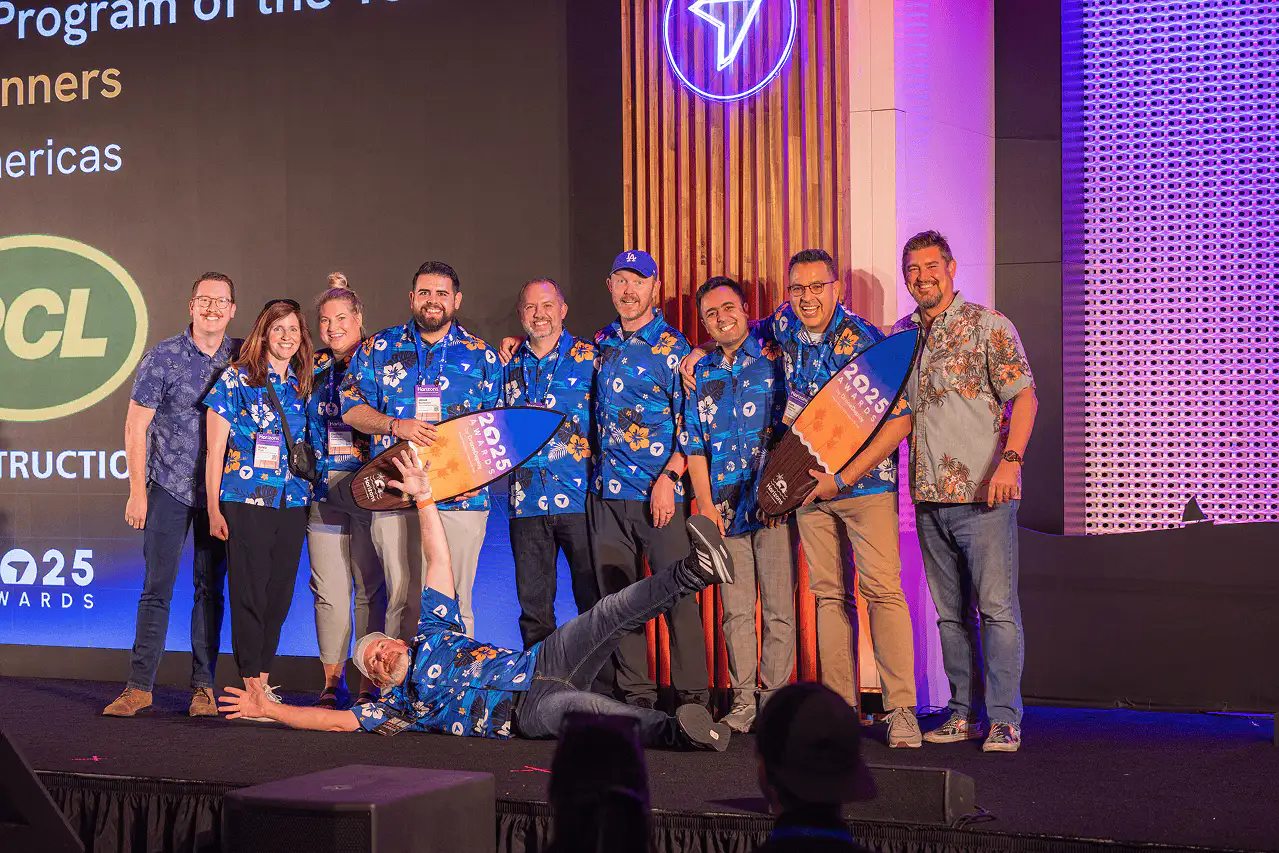How OpenStreetMap Uganda Uses DroneDeploy to Quantify Damage After Disasters

Quick Summary
Deogratius Kiggudde, Acting Executive Director of OpenStreetMap Uganda, first saw a drone on a news television segment seven years ago. While observing a building inspection, Deogratius was immediately taken with the technology’s potential applications. “I found it so futuristic and immediately wanted to find out how to use drones for construction,” Deogratius told us. But through his work with Humanitarian OpenStreetMap Team (HOT), Deogratius noticed a more pressing, urgent need: mapping vulnerable communities in his home country of Uganda.

Luckily, his inherent fascination for drone use in construction quickly shifted to disaster response, and Deogratius set to work on creating a baseline network of maps to be utilized for disaster relief and humanitarian/development efforts. OpenStreetMap Uganda was founded 2012 to promote community mapping in response to natural disasters, foster development, and train the next generation of Ugandans on open participatory mapping and drone technology.
Disasters are not uncommon in Uganda, leaving many rural communities helpless in the wake of large-scale weather events. As 84% of the Ugandan population lives in rural areas and 20% live below the poverty line, they are especially vulnerable to sweeping environmental risks–including drought, flooding, landslides, earthquakes, and volcanoes. In particular, the increase of flash flooding due to a combination of land use practices and climate change is of significant concern.

In 2007, the International Federation of Red Cross and Red Crescent Societies (IFRC) reported that flooding in Uganda was the worst in over two decades, affecting over 10,000 families and approximately 60,000 people.
The team at OpenStreetMap Uganda quickly realized that when flooding and other disasters happen in unmapped rural communities, it can be challenging to understand the community impact, and in response, pilots target these areas. In 2018, after the Buduuda mudslide event, OpenStreetMap Uganda, in collaboration with Uganda Red Cross Society, carried out an imagery acquisition exercise.
Disaster relief estimates are usually required within a couple of days for first responders, which is why DroneDeploy is so crucial for us.”

Deogratius Kiggudde, Acting Executive Director, OpenStreetMap Uganda

Quantifying Damage From the Air
In disaster response work, every minute counts. But outdated technology combined with large volumes of material made it difficult to quickly turn around data for use by emergency response teams. “We spent a lot of time trying to find a computer to do the analysis,” Deogratius explained. “The more photos we had, the more time it required.” Sometimes, it would take OpenStreetMap Uganda ten days for analysis to complete – an unacceptable timeline for providing real-time relief.

Similarly, when disaster strikes, performing damage assessments is one of the first tasks for aid organizations. These provide an overview of the extent of loss and the level of impact on the surrounding community. This information is then used to determine how much aid is needed to assist those affected. On foot, the terrain and perspective granted are challenging, but from the air, damage is much easier to quantify. On land, submerged buildings and washed-away homes are virtually indistinguishable, but with a drone’s-eye view, these are easily identifiable. In this way, DroneDeploy has been essential for damage analysis by providing OpenStreetMap Uganda with near-immediate data for quick situational awareness.

Putting Communities “On the Map”
Because the organization maps on private property, OpenStreetMap Uganda is in the unique position of ensuring community buy-in before deploying flights. To do so, they often support and collaborate with organizations engaged on the ground, such as the Uganda Red Cross Society.
Ronald Oyom, a Senior Drone Pilot at OpenStreetMap Uganda, recalled numerous incidents of community members touring the area with them and asking their pilots to capture areas of concern. Describing their response, Ronald said, “These communities believe that when we capture images, we are putting them ‘on the map’ and allowing them to be seen by donors and other relief organizations. They really need the help and see the drones as useful.” While those affected get excited and engaged, their involvement is also imperative to understanding the landscape.

Increasing Data & Technology Accessibility
DroneDeploy has completely changed OpenStreetMap Uganda’s drone operations management. “It’s been a huge leap forward for us – getting data collection down from ten days to a couple of hours is a complete game changer,” Deogratius stated.
Today, OpenStreetMap Uganda’s aerial imagery provides critical context to the Uganda Red Cross Society's GIS/disaster relief teams, and supports them through creating quick damage assessments that effectively estimate the amount of resources needed for a particular weather event. With DroneDeploy’s central data-sharing functionalities, all parties can exchange images at a moment’s notice for up-to-the-minute decision-making. This, combined with lowered processing time (down to a few hours as compared to two weeks), allows OpenStreetMap Uganda to make a real difference in the lives of those affected by a disaster.

Since OpenStreetMap Uganda began, they have trained over 70 students on drone technology, emphasizing a variety of different industries. Their ultimate goal is to create a thriving network for drone pilots in Uganda and open pathways for further educational attainment. One former student interviewed for this story, Ronald Oyom, has even gone on to work for the organization as their Senior Drone Pilot. We’re excited to support their initiatives as members of our Drones for Good program.
If you’re interested in getting started with drones in conservation, watch our webinar on the basics of surveying, or apply to be one of our Drones for Good partners.
FAQ
Related articles
Ready to manage your data from the very start?
Book a quick call to see how DroneDeploy streamlines capture from construction through building ROI.
.svg)
.png)


